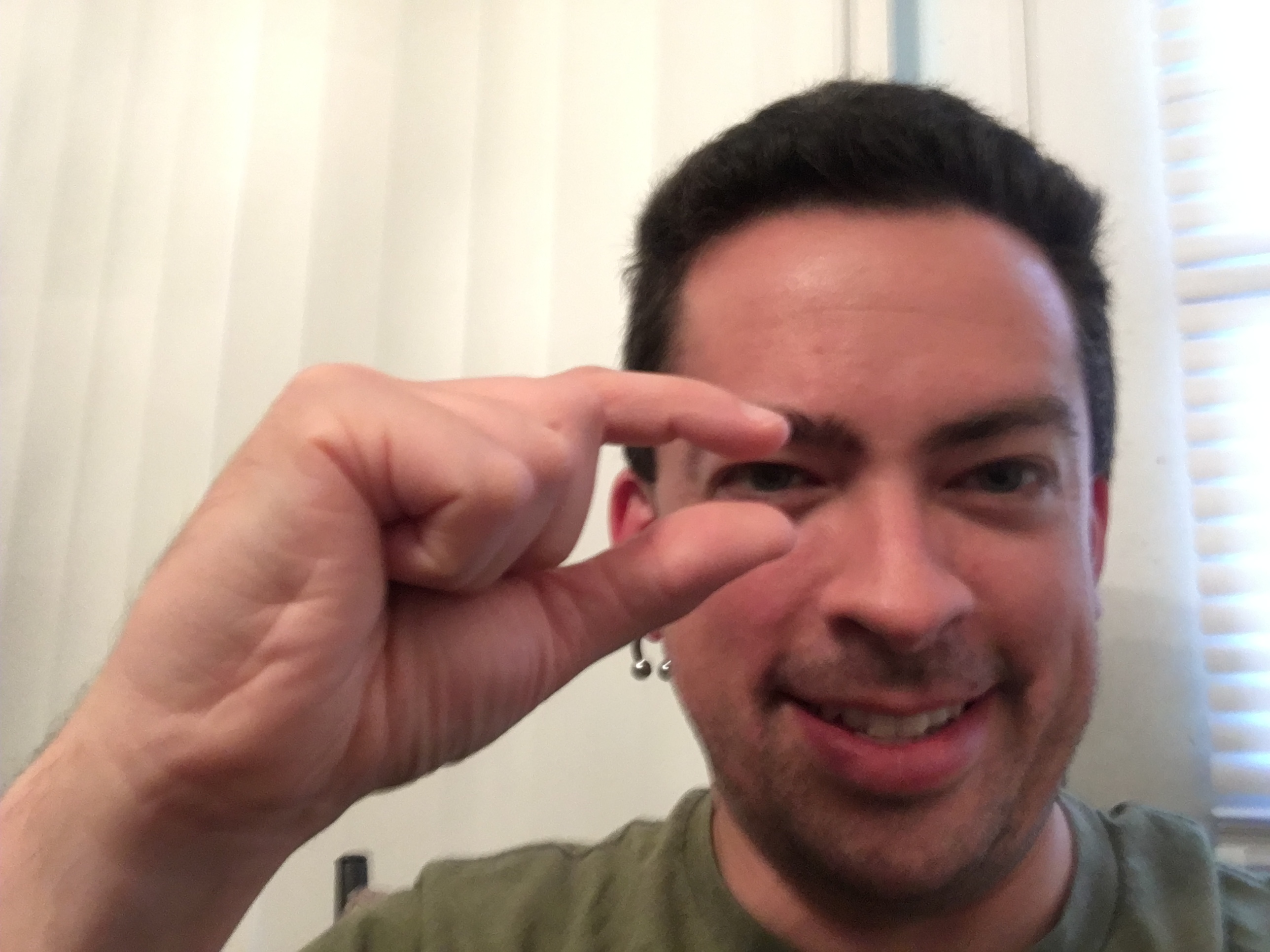 In the event that we need to go shopping for something specific, it is good practice to get the item that fits our need or desire most perfectly without any of the extras we don’t need or want; extras costing us more money or space. This is what we call “shopping efficiently.” Most of the time this just means “Get the smallest one.”
In the event that we need to go shopping for something specific, it is good practice to get the item that fits our need or desire most perfectly without any of the extras we don’t need or want; extras costing us more money or space. This is what we call “shopping efficiently.” Most of the time this just means “Get the smallest one.”
As consumers, we are often easily tempted into making purchases that are more extravagant than we originally intended. Much of the time it’s not even because the “extras” we are purchasing are anything we have a specific desire for. It simply stems from the mentality that “bigger is better”, or “more is better”; and this is simply not true.
- Quantity doesn’t have a direct relationship with quality. In fact, many times it is the exact opposite. Often times the reason the maker could produce a greater quantity, is because they could do it in half the time, or with half the resources. Unfortunately this so often makes for a lesser quality item (but it all depends on the product in question). In essence, the maker spreads their resources thin.
- There is not just the quality of the item to think about. There is how this bigger/better item effects the quality of our life to think about. The questions we should be asking our self is:
- “Do these extras (that I didn’t initially desire) validate the extra space they’re going to take up?”
- “Is the extra cost associated with these extras really worth the gain, considering I didn’t have a desire for this extra until I saw it?”
Instead, let’s opt for the philosophy “Less is more”, and choose quality over quantity. Scrutinize not just on the quality of the item to be purchased itself, but also on how the item effects the quality of our life in general. Choose efficiency. Because in then end, that is what minimalism is really all about; Efficiency.

